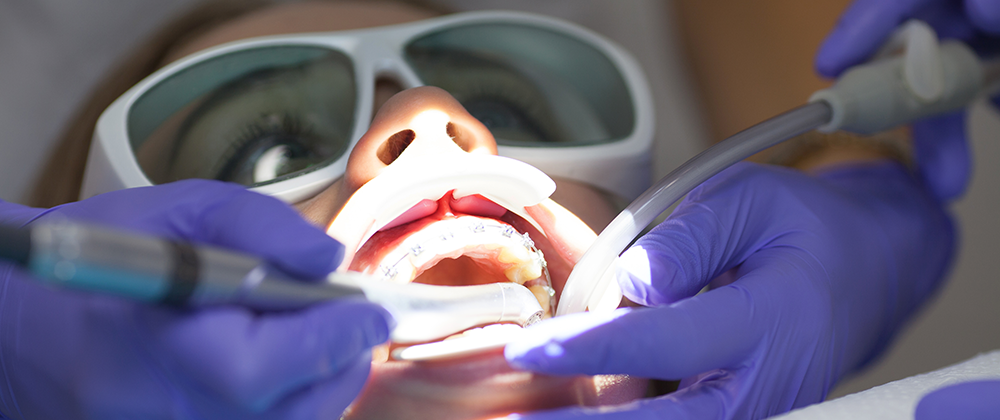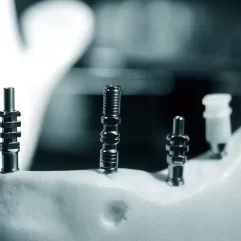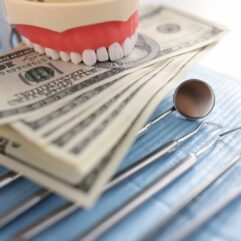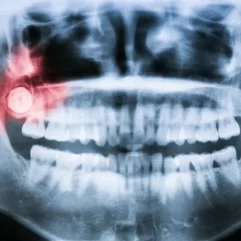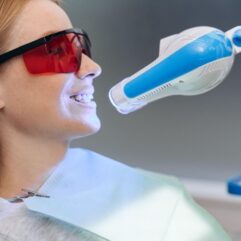The Benefits of Dental Laser Treatment for Gum Disease
A Pain-Free Solution: How Laser Technology Can Improve Oral Health
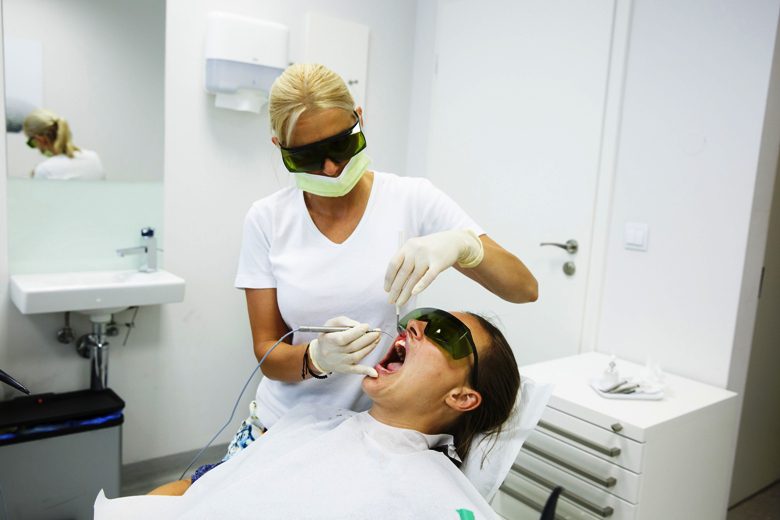
Getting Regular Dental Examinations is Crucial to Combat Periodontal Disease.
Dental laser treatments have revolutionized various medical industries, and oral dental care is no exception. Under controlled studies, according to the American Academy of Periodontology (AAP), results similar to traditional therapy have been achieved with laser therapy. However, laser treatment has many advantages over conventional periodontal treatment. No general anesthetic is needed, lasers can target the diseased areas more accurately, there is minimal removal of healthy gum tissue, and healing times are shorter.
Dental Laser Treatment for Gum Disease
Periodontal disease, or gum disease, is an infection of the supporting tissues and bone that hold your teeth in place. According to research studies done by the National Institute of Dental and Craniofacial Research (NICDR), it’s not uncommon for periodontal disease to start in adults as early as 30 and is usually caused by:
- Poor oral hygiene
- Smoking
- Certain medications
- Genetic susceptibility
- Chronic illnesses, such as diabetes
Signs and Symptoms of Gum Disease
Gum disease can be painless, so it is essential to be aware of any of the following symptoms:
- Swollen, red, tender, or bleeding gums
- Gums that recede or move away from the tooth
- Persistent bad breath or a bad taste in the mouth
- Loose teeth
- Visible pus surrounding the teeth and gums
Traditional therapy for periodontal disease is scaling and root planing, which may be more invasive than laser cleaning. Removing tartar, plaque, and bacteria from the gum surrounding the root promotes the healthy regeneration of the gum tissue.
How Dental Laser Treatment Works
In periodontal laser therapy, the dentist uses a dental laser to access and remove the inflamed gum tissue around the tooth’s root. The root scaling begins when the infected tissue is removed and the root is exposed. This involves scraping off the calculus and plaque built up below the gum line and around the root. The dentist can then smooth the root with instruments to remove rough spots that might attract bacteria and cause future infections. The area between the gum and the root can regenerate during healing. Because nearly all the gum tissue is saved, it ensures that there will be minimal loss of tooth and bone structure after the surgery. A positive side effect of laser periodontal gum surgery is that, in many cases, regeneration and reattachment of the gum tissue to the tooth and bone is possible.
Benefits of Dental Laser Treatment
According to the Academy of General Dentistry (AGD), using lasers benefits outweigh the risks for excising diseased gum tissue:
- No general anesthetic is needed
- Lasers can target diseased areas precisely and accurately
- Bleeding, pain, and swelling are limited because periodontal laser therapy is less invasive than regular surgery
- Recovery and healing times are shorter
- Minimal removal of healthy gum tissue
- Elimination of bacteria and reduce inflammation within the mouth
Do your research and do due diligence before choosing a dental clinic. A qualified laser specialist should always perform laser periodontal therapy. If your dental professional uses an inappropriate wavelength or power level, it could cause further damage to the periodontal tissue.
Best Ways to Prevent Gum Disease
- Proper brushing and flossing
- Using antibacterial toothpaste and mouthwash to kill bacteria
- Biannual dental visits for cleanings and checkups
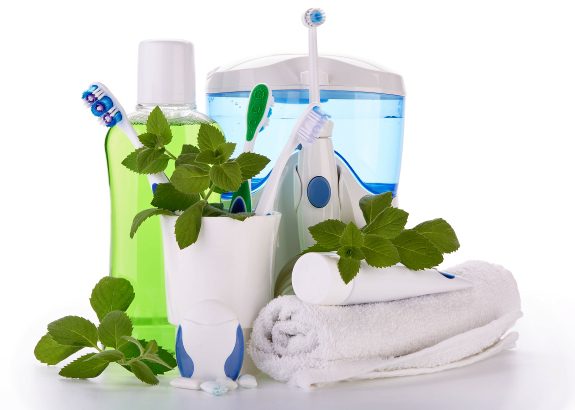
Protect Your Gums. Consistent Dental Care is the Key to a Healthy Mouth.
The best way to prevent gum disease is to maintain a good oral hygiene program after undergoing periodontal therapy. This is critical to avoiding a recurrence of the inflammation.
Brush your teeth daily with toothpaste to reduce plaque regrowth and help prevent gum disease. Rinse regularly with an antimicrobial oral rinse, which offers prescription-strength healing for irritated gums. Avoid or stop smoking to reduce the risk of future infections, and follow any specific instructions from your dentist as closely as possible.
If you have questions or need additional information, please Contact Us or Request a Quote to send us your dental inquiry, and we’ll get back to you.

